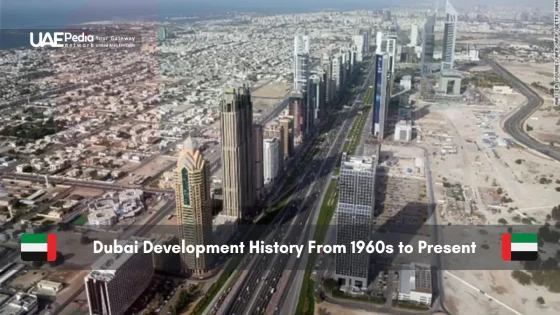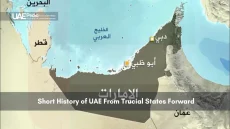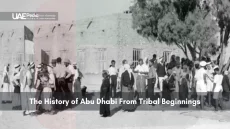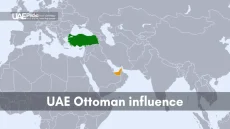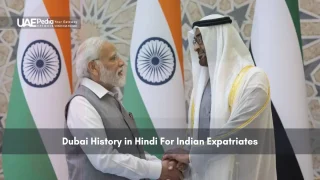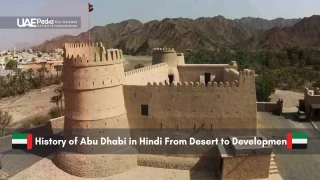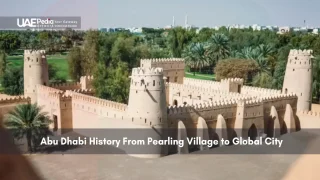Did you know a teenager’s vision became the unifying emblem for seven distinct emirates? On December 2, 1971, a bold tricolor design—crafted by 19-year-old Abdulla Mohammed Al Maainah—rose as the official standard. Its red, green, white, and black stripes now flutter from Dubai’s skyscrapers to Abu Dhabi’s desert outposts, merging tradition with ambition.
This banner isn’t just fabric. Each color whispers tales of heritage: red honors courage, white reflects peace, green celebrates growth, and black embodies strength. The vertical crimson stripe anchors the design, symbolizing unity across the arab emirates while nodding to shared sacrifices.
What makes this story extraordinary? The nationwide contest that birthed the flag united arab communities. Young talent stepped forward, proving innovation thrives at every age. Today, you’ll spot it everywhere—from government buildings in Sharjah to festival parades in Ras Al Khaimah.
Quick takeaways:
- Designed through public competition, blending regional pride with fresh perspectives
- Colors represent core values linking past resilience to future aspirations
- Serves as a daily reminder of collaboration across all seven emirates
Origins and Design of the UAE Flag
Imagine a coastal region transforming into a nation—its identity stitched into four bold stripes. Long before unification, the Trucial States flew maritime banners with red fields and white rectangles, signaling their treaty ties with Britain. These early flags laid the groundwork for today’s iconic design.
The Influence of the Trucial States
British treaties in the 19th century required coastal emirates to display specific symbols on ships. This rule birthed a shared visual language across the states. When independence neared in 1971, leaders sought a fresh emblem reflecting unity—not colonial past.
| Era | Design Features | Symbolism |
|---|---|---|
| Trucial States Era | Red base, white rectangles | Maritime treaties & regional alliances |
| Modern UAE Flag | Vertical red stripe, tricolor bands | Unity, peace, growth, courage |
Abdulla Mohammed Al Maainah’s Winning Design
A nationwide contest in 1971 drew over 1,000 entries. Nineteen-year-old Abdulla Mohammed Al Maainah sketched his vision during school breaks. His design borrowed the Arab Revolt’s colors—echoing a 13th-century verse celebrating Arab virtues by poet Safi al-Din al-Hilli.
Citizens rallied behind the young artist’s work. The vertical red stripe replaced British-inspired elements, while green, white, and black honored shared heritage. Today, this banner flies proudly during UAE Flag Day, blending ancient poetry with modern pride.
Exploring the history of uae flag and Its Transformative Journey
How did a collection of coastal states become a single nation with a shared identity? The answer flutters above government buildings and desert outposts alike—a tricolor testament to unity forged from diversity.
From Trucial States to a Unified Nation
Before 1971, each emirate flew its own banner—often simple crimson cloths signaling maritime alliances. These plain red flags served practical purposes but lacked collective symbolism. When seven emirates united, leaders sought an emblem reflecting both heritage and fresh beginnings.
The new national flag debuted on December 2, 1971, with Ras Al Khaimah officially joining weeks later. This wasn’t just a design change—it marked a shift from fragmented identities to collaborative nation-building. As one diplomat noted, “We traded tribal markers for shared aspirations stitched in color.”
Key Milestones Since 1971
Over five decades, the arab emirates flag became woven into daily life. Consider these pivotal moments:
- 2004: Constitutional amendments reinforced the banner’s status as an unalterable national symbol
- 2013: The inaugural UAE Flag Day celebration drew millions waving crimson, white, and green
- 2021: Golden Jubilee events showcased the emblem alongside cutting-edge innovations
Today, the design bridges past and future. Its vertical red stripe nods to those early plain red maritime flags, while modern elements mirror the seven emirates’ global ambitions. You’ll spot it everywhere—from children’s notebooks to Mars missions—proof that symbols grow alongside the nations they represent.
Symbolism, Colors, and Cultural Significance
Ever noticed how colors whisper stories across desert sands? The UAE’s banner does exactly that—each hue a chapter in its national saga. Let’s unpack the palette that unites skyscrapers and souks.
Decoding the Pan-Arab Colors
Green isn’t just a shade here—it’s the fertile oases of Al Ain, the date palms nourished by Sheikh Zayed’s vision. White? That’s the truce flags flown by pearl divers, now echoing modern diplomacy. Black memorializes battles against harsh sands and foreign powers, while red thrums with the heartbeats of Arab courage.
These pan-arab colors trace back to a 13th-century verse by poet Safi al-Din al-Hilli: “White for deeds, black for battles, green for fields, red for swords.” Abdulla Mohammed Al Maainah wove this legacy into his 1971 design, creating a bridge between ancient verse and tomorrow’s dreams.
Political and Social Interpretations
Walk through Umm Al Quwain’s fort museums, and you’ll see how locals view these stripes. The red vertical band—“It’s our backbone,” one elder told me—mirrors Zayed bin Sultan’s resolve during unification talks. Green’s placement beside white? A nod to balancing growth with peace.
Today, the pan-arab colors fly beyond borders. During national day parades, you’ll spot them reinterpreted in light shows and student art. Yet their roots remain firm—a four-colored compass guiding the Emirates from pearl beds to Mars missions.
The Flag’s Role in National Events and Civic Identity
Picture this: a thousand drones painting the night sky with four iconic colors. This isn’t sci-fi—it’s Dubai’s National Day, where the emblem stitches together skyscrapers, sand dunes, and smiling faces. From Abu Dhabi’s grand displays to Fujairah’s coastal festivals, the banner becomes a living canvas for collective joy.
Representation in Public Celebrations
You’ll spot the three horizontal bands everywhere during celebrations. Schoolchildren wave mini-versions at heritage festivals. Fireworks burst in green, white, and red over Ras Al Khaimah’s forts. Even desert camel races feature jockeys draped in the four colors—a nod to tradition meeting modernity.
Expatriates and locals alike find common ground beneath this symbol. At national day parades, Filipino nurses march beside Emirati falconers, all wearing the emblem. “It’s not just cloth,” a Sharjah teacher told me. “It’s the glue binding our seven emirates into one heartbeat.”
Major milestones amplify its presence. During the country’s 50th anniversary, the design appeared on Burj Khalifa’s facade and remote mountain trails. Sporting events like the Abu Dhabi Grand Prix turn pit lanes into seas of crimson and white. Each display whispers: This is home.
What makes it stick? The design’s simplicity. The vertical red stripe anchors, while horizontal elements mirror the land—desert sands (white), fertile coasts (green), and night skies (black). Together, they create a compass guiding the nation from past to future.
Legacy and Reflections on National Pride
What unites skyscrapers and sand dunes? A bold design born from youthful vision now waves across five decades. That vertical crimson stripe still anchors a nation—its colors whispering stories of peace, growth, and collective resolve.
Through shifting times, this emblem whispers unity. You’ll spot it hoisted at innovation summits and heritage festivals alike—proof that symbols grow with those they represent. The careful color balance (green’s hope brushing white’s diplomacy) mirrors how seven emirates harmonize strengths.
Remember the spirited competition that birthed it? Today’s students reimagine the banner in robotics contests and art projects, keeping that creative fire alive. Each thread carries the power of shared identity—whether fluttering over Dubai Creek or stitched into a child’s backpack.
Next time you see those stripes, pause. Behind the fabric lies a challenge: to honor roots while reaching for tomorrow. Now that’s a legacy worth saluting.
Emirati artist Abdulla Mohammed Al Maainah created the winning design at age 19 during a 1971 competition. His vision blended Pan-Arab symbolism with local identity, capturing the spirit of the newly formed nation.
Red stands for courage and unity, green for prosperity and agriculture, white for peace, and black for strength. These Pan-Arab hues echo shared regional heritage while reflecting Emirati values.
While the core design remains unchanged, subtle refinements occurred over decades. The original proportions were standardized in 2008, ensuring consistency across government use and public displays nationwide.
Unlike some Arab flags, the UAE chose minimalism. The horizontal stripes and vertical red band symbolize balance—honoring tradition while embracing modernity without religious iconography.
From skyscrapers to car decals, the flag’s everywhere! Communities raise it during National Day parades, athletes wear it proudly at competitions, and families display it during holidays, weaving it into daily Emirati life.
Absolutely! While November 3rd (Flag Day) sees nationwide displays, residents and businesses proudly hoist it anytime. Just follow local guidelines—keep it clean, never let it touch the ground, and light it properly at night.


